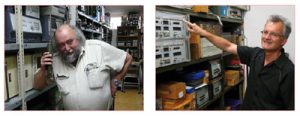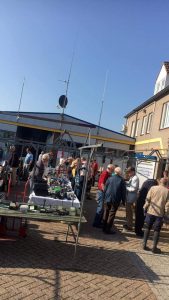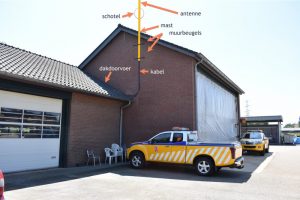
De bovenregionale repeater PI2NOS wordt ontmanteld. Dat meldt de Stichting Scoop Hobbyfonds op haar website. Vorige week stopte de ontvanger in Breda. De komende weken volgen een aantal locaties in het noorden van het land.
Drie redenen
De stichting noemt drie redenen waarom PI2NOS in zijn huidige vorm moet stoppen.
De eerste en belangrijkste reden is dat de inkomsten van sponsoren en donateurs teruglopen. Ten tweede heeft de bovenregionale repeater al lange tijd te kampen met frequentiemisbruik. Sommige mensen verstoren het verkeer op de PI2NOS zodanig dat goedwillenden afscheid nemen van de repeater. Ondanks extra inspanningen van het Agentschap Telecom zijn de verstoringen niet gestopt. Tot slot noemt de stichting als reden dat de kosten van de verschillende opstellocaties voor hun systemen oplopen.
Het is jammer dat dit unieke project van gekoppelde radiosystemen in zijn huidige vorm niet kan blijven bestaan.


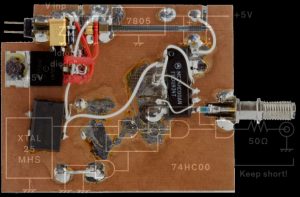
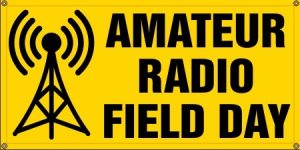 Op zaterdag 29 en zondag 30 september houdt de VRZA Zuid-Limburg een mini velddag in Schimmert/Oensel (zie:
Op zaterdag 29 en zondag 30 september houdt de VRZA Zuid-Limburg een mini velddag in Schimmert/Oensel (zie: 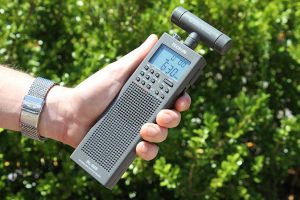 Appverbod voor alle voertuigen
Appverbod voor alle voertuigen